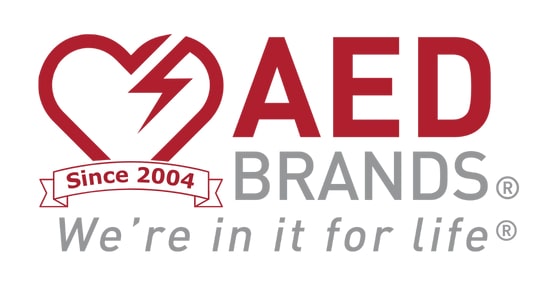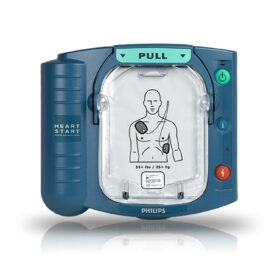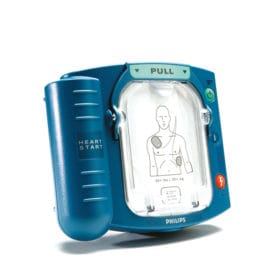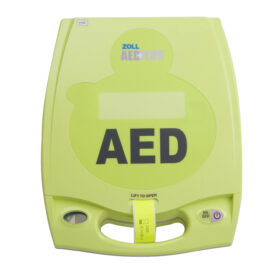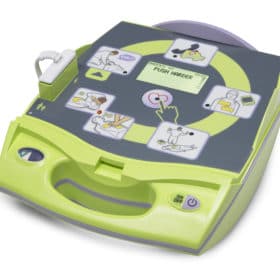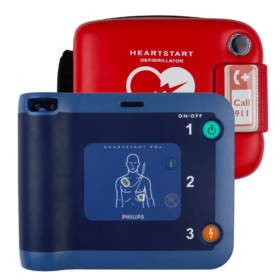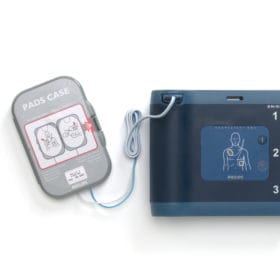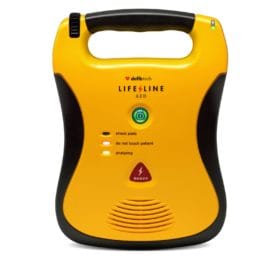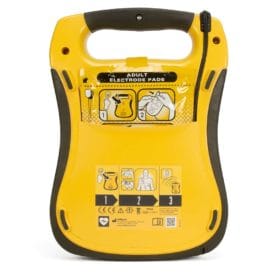- Your cart is empty
- Continue Shopping
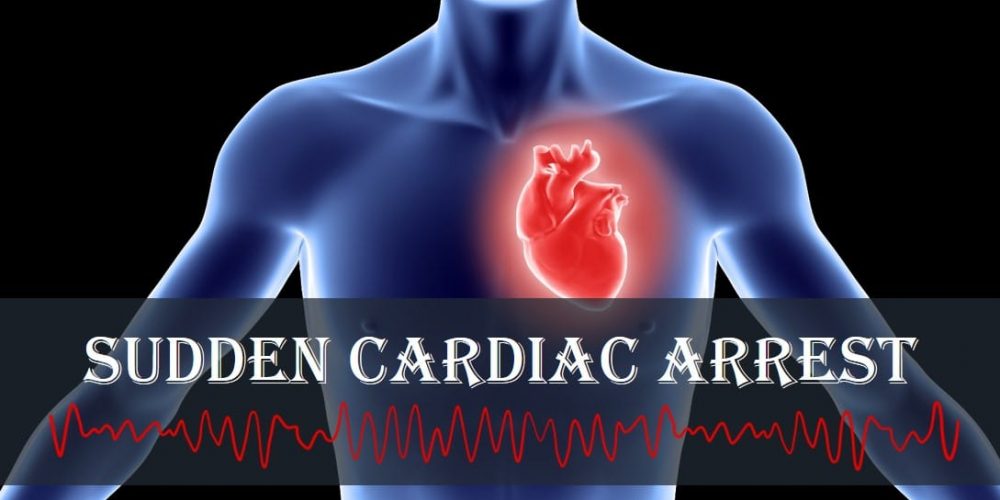
What is Basic Life Support?
Basic life support (BLS) refers to a set of essential emergency procedures designed to sustain life in individuals experiencing cardiac arrest, respiratory failure, or other life-threatening conditions.
BLS techniques include recognizing and responding to emergency situations, calling for help, performing cardiopulmonary resuscitation (CPR), using automated external defibrillators (AEDs), and providing basic airway management and breathing assistance. BLS is typically provided by trained medical professionals or bystanders until advanced medical care can be obtained.
What is the importance of knowing BLS?
Performing CPR and using an AED are essential procedures to help sustain someone’s life until professional medical help arrives. BLS skills can mean the difference between life and death in critical situations, and having this knowledge can give you the confidence to take action and potentially save a life.
This article will cover many topics around BLS, but it may be best to get more information on getting BLS/CPR/AED Certified.
What are the 5 Steps to a BLS Assessment? When should it be used?
Assess scene safety before performing CPR.
It is essential to evaluate the area for potential dangers such as debris, shrapnel, or hazardous materials before initiating CPR. Ensuring scene safety before starting CPR will prevent injuries to you, the patient, and any bystanders.
Check the patient’s airway, breathing, and circulation.
After determining that the area is safe, the next step is to assess the patient’s airway, breathing, and circulation. Check for any signs of breathing or a pulse. If the patient is not breathing or has no pulse, start CPR immediately.
Call for professional help (EMS).
It is crucial to activate the emergency medical services (EMS) system as soon as possible to ensure that professional help arrives on the scene. You can call the emergency number in your area and follow the instructions provided by the dispatcher.
Use an AED if available and follow its instructions.
If an AED is available, it should be used as soon as possible. AEDs are user-friendly and provide voice prompts and visual cues to guide you through the process. Follow the AED’s instructions carefully and promptly to ensure the best chance of a successful outcome.
Perform CPR.
Chest compressions are an essential part of CPR, and they help circulate blood to the brain and other vital organs. When performing chest compressions, ensure that the patient is lying on their back on a firm surface, place your hands on their chest, and press down about two inches at a rate of 100-120 compressions per minute. After 30 compressions, give two rescue breaths and repeat the cycle. Follow the proper speed and cadence to increase the chances of a successful outcome.
How is CPR involved in BLS?
CPR is a critical part of basic life support and can be performed by anyone who has been trained in its proper technique.
Perform CPR immediately if the person is unresponsive, not breathing, or has no pulse. CPR can help maintain vital blood flow to the heart, brain, and other organs until professional medical help arrives.
Step-by-step guide on performing CPR:
- Check for responsiveness and call for help.
- Open the airway and check for breathing.
- If the person is not breathing, begin CPR.
- Place your hands in the center of the person’s chest and begin compressions.
- Perform compressions at a rate of 100-120 per minute, allowing the chest to fully recoil between compressions.
- If you are trained in CPR, provide rescue breaths.
- Continue CPR until the person starts to breathe or help arrives.
When to Use an AED
AEDs are safe to deploy on an unresponsive victim. It is designed to analyze the heart’s rhythm and deliver a shock to restore a normal heartbeat. You can have peace of mind that the device will not shock a victim or a responder.
Step-by-step guide on using an AED:
- Turn on the AED and follow the voice or visual prompts.
- Remove any clothing or jewelry that may interfere with the AED pads.
- Attach the AED pads to the person’s bare chest as shown in the diagram on the AED.
- Make sure that no one is touching the person, and press the analyze button.
- If the AED advises a shock, ensure that no one is touching the person, and press the shock button.
- After the shock, perform CPR if the person is still not breathing, following the steps of CPR precisely.
AED tips and precautions:
- Always make sure the person is dry before applying the AED pads.
- If the person has a pacemaker or defibrillator implanted, avoid placing the AED pads directly over the device.
- Remember to stay calm and focused, and follow the instructions on the AED precisely.
Philips HeartStart FRx AED with FREE Carry Case 861304
What are Some Events That May Require BLS?
Cardiac arrest: This is the most common reason for the need of BLS. It is a sudden loss of heart function, and it can occur due to a variety of reasons such as heart attack, drowning, electric shock, and more.
Choking: When a person’s airway is obstructed by food, objects, or other materials, it can cause them to choke, and their breathing may stop. BLS can be used to remove the obstruction and restart their breathing.
Suffocation: Suffocation can occur from smoke inhalation, gas leaks, or being trapped in small spaces. BLS can help restart their breathing and sustain their life until professional medical help arrives.
Drowning: When someone is submerged in water, they may not be able to breathe, and their heart may stop beating. BLS can be used to help restart their breathing and revive them.
Severe allergic reactions: Anaphylaxis is a severe allergic reaction that can cause a person’s airway to become blocked and their heart to stop beating. BLS can be used to help open their airway and sustain their life until professional medical help arrives.
Drug overdose: When someone takes too much medication or drugs, it can cause them to stop breathing, and their heart may stop beating. BLS can be used to help restart their breathing and sustain their life until professional medical help arrives.
Trauma: When someone experiences a severe injury or trauma, it can cause them to stop breathing or their heart to stop beating. BLS can be used to help restart their breathing and sustain their life until professional medical help arrives.
Frequently Asked Questions about BLS
Who should learn BLS? BLS is a critical skill that can be learned by anyone, including healthcare professionals, first responders, lifeguards, teachers, coaches, and anyone else who may find themselves in a situation where they need to provide lifesaving care.
How do I get certified in BLS? Certification in BLS can be obtained through courses offered by organizations such as the American Heart Association (AHA) and the American Red Cross. These courses typically include hands-on training in CPR, AED use, and other basic life support techniques.
Is BLS different from first aid? Yes, BLS is a specialized form of first aid that involves providing immediate care to someone who is experiencing a life-threatening emergency. First aid, on the other hand, is a broader term that refers to any medical care provided to someone before professional medical help arrives.
Can I be held liable if I perform BLS incorrectly? Good Samaritan laws provide legal protection for individuals who provide emergency medical care in good faith, but they may vary from state to state. However, if you are trained in BLS and provide care that is outside of your scope of practice or training, you may be held liable for any harm that results from your actions.
How effective is BLS in saving lives? BLS can be highly effective in saving lives when it is administered quickly and correctly. When performed properly, CPR and AED use can help maintain vital blood flow to the heart, brain, and other organs until professional medical help arrives, which can significantly increase the chances of a successful outcome in a cardiac emergency.
